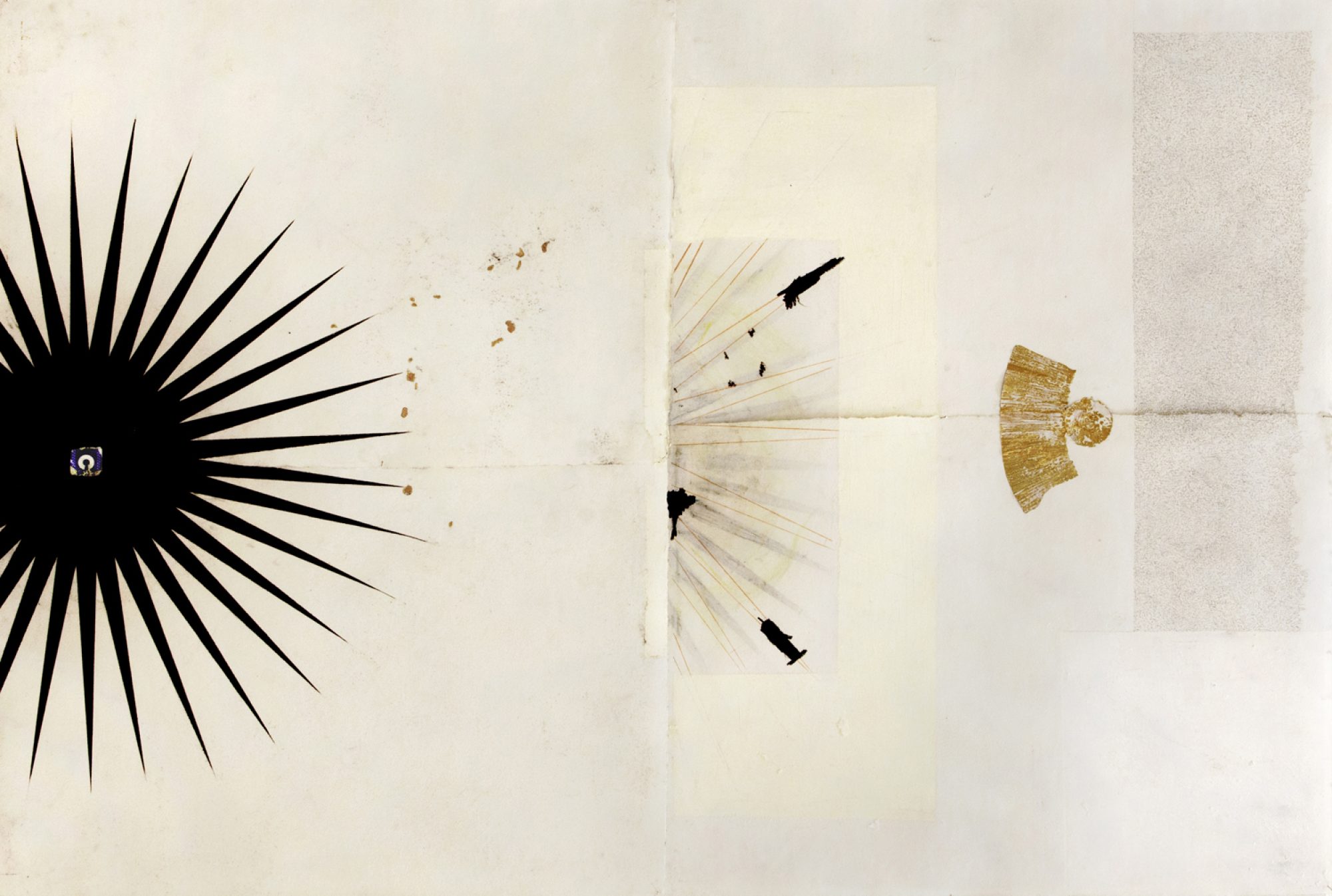Description This syllabus emerged from a conference course with one of the initial Radical Hope contributors and organizers, Dr. Erika Bsumek. Each week featured readings from already submitted syllabi now available on radicalhopesyllabus.com.
While it began with the intention to test the usefulness of each syllabus and case study across disciplines, I quickly found more and more overlap as the weeks progressed. Each author brought their own set of influences to the discussion of radical hope, the RH syllabi quickly formed a cohesive whole. My experience is a testament to both the usefulness of this tool and the importance of it being taught in classes wishing to touch on topics related to the environmental humanities.
My section of the syllabus is a result of the readings I’ve completed for this course, my own understanding of radical hope, and how I have come to understand the readings and individuals who contribute to the discussion of maintaining radical hopefulness accompanied by action, in the face of environmental degradation, catastrophe, and despair.
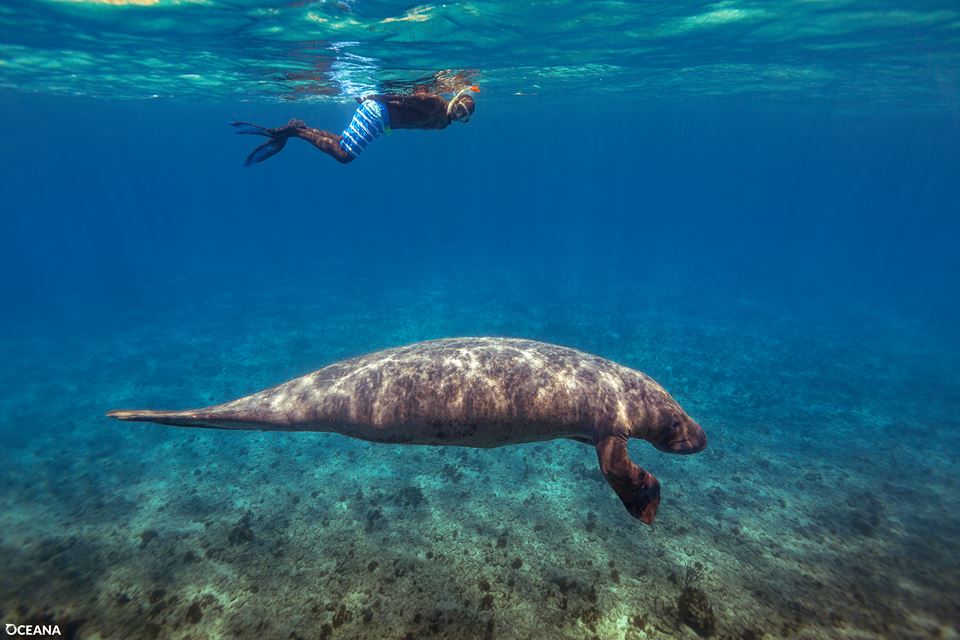
How do you define radical hope? I’d define radical hope as a conscious effort to acknowledge the degradation of culture or environment, secondly, a willingness to educate oneself and others, and finally, a belief in the humanity and the application of sustainable environmental practices. Radical hope requires some level of thinking beyond the present, acknowledging the failures and successes of the past, and being open to the action that knowledge demands.
Jonathan Lear’s Radical Hope (2006) opens the door to the discussion of vulnerability and ethics in the face of cultural devastation. The vulnerability facing the Crow Nation featured in Lear’s work can be applied to broader discussions of environmental degradation and change that is often accompanied by despair. Rather than dwell in despair, Carsten Wergin suggests respectful and careful listening to others. I’d like to suggest turning our ears toward the Garifuna in Belize as the representation of radical hope and persistence.
How do you see radical hope emerging or playing out in your case study? The Garifuna are mixed-race descendants of West African, Central African, Island Carib, European, and Arawak people. Persecution led them to island hop until they settled along the Caribbean Coast in Honduras, Belize, Guatemala and Nicaragua. Facing persecution in the lands they now inhabit, and often bearing the brunt of environmental change, over fishing, and overpopulation, Garifuna peoples are also advocates of change (See Andy Palacio and the Garifuna Collective: Watina, “Net Loss: Are We Drowning our Future?”, Cayetano’s “Drums of My Fathers”)
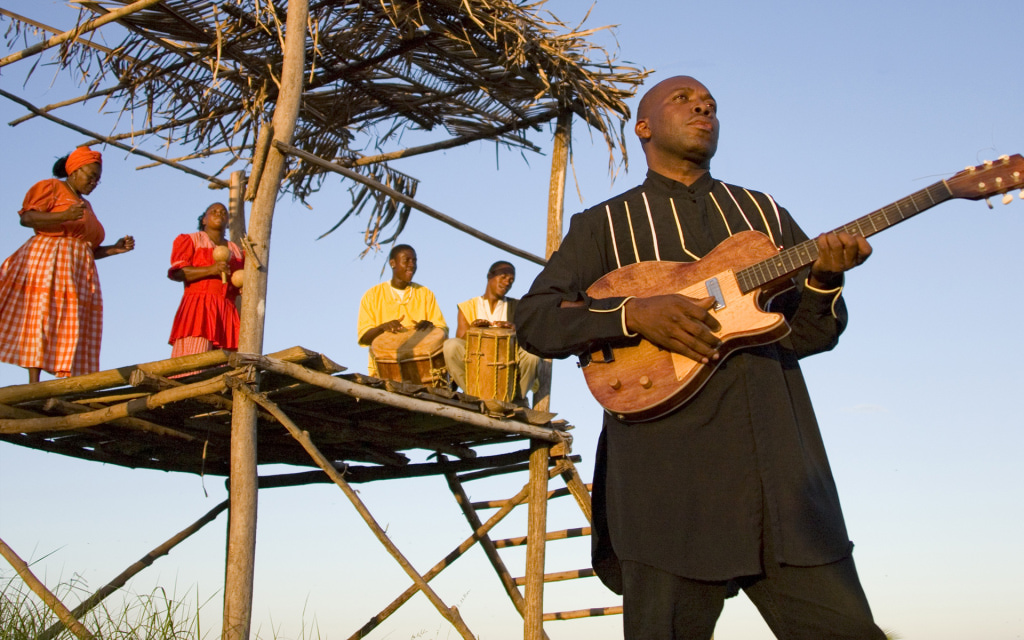
REQUIRED READINGS
Social
- Hashtags: #OceanOptimism #RadicalHope
- Follow GreenMatters, Oceana, Rachel Carson Center for Environment and Society
- Radical Hope Twitter List
Media
- On Healing: Queer Eye, Season 2, Ep. 1 “God Bless Gay”
- Radical Hope Music Playlist
- The Lorax (1972)
- DamNation Film (2014)
- Kiki (2017)
- Carsten Wergin (2017) “How Can Australian Indigenous Experience Change Western Perspectives of the World?” Latest Thinking. LT Video Publication, DOI: https://doi.org/10.21036/LTPUB10513
- “Net Loss: Are We Drowning our Future?” Oceana.
- Alex Elle’s Hey Girl Podcast
- Media Indigena Podcast
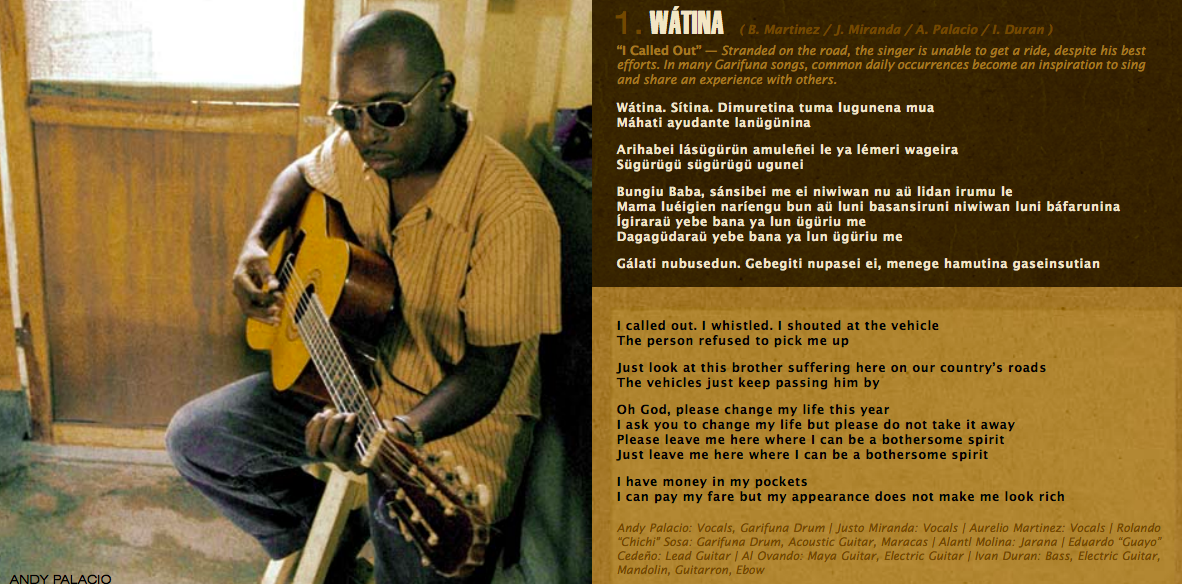
Poetry
- Layli Long Soldier, “WHEREAS: Poems”
- Marvin Gaye’s 1971 album – What’s Going On
- Andy Palacio and the Garifuna Collective- Watina (Lyrics and Video)
- Drums of My Fathers, Roy E. Cayetano.
Literature
- Roberson, Jehan. “Towards The Black Girl Future”
- Garsd, Jasmine. “Garifuna: The Young Black Latino Exodus You’ve Never Heard About.” Splinter. July 24, 2017.
- Sweeney, James L. (2007). “Caribs, Maroons, Jacobins, Brigands, and Sugar Barons: The Last Stand of the Black Caribs on St. Vincent”, African Diaspora Archaeology Network, March 2007.
- On Place, Land, and Meaning:
-
- Bsumek, Erika Marie. Nation-States and the Global Environment: New Approaches to International Environmental History. New York, NY: Oxford University Press, 2013.
- Farmer, Jared. On Zion’s Mount: Mormons, Indians, and the American Landscape. Harvard University Press, 2010.
- Farmer, Jared. “Glen Canyon and the Persistence of Wilderness.” The Western Historical Quarterly 27, no. 2 (1996): 211-22. doi:10.2307/970618.
- Radical Hope & Place:
- Lear, Jonathan. Radical Hope: Ethics in the Face of Cultural Devastation. Cambridge, Mass: Harvard University Press, 2006.
- Basso, Keith H., 1940-2013. Wisdom Sits in Places: Landscape and Language among the Western Apache. Albuquerque: University of New Mexico Press, 1996.
-
-
- I’d recommend reading Lear and Basso’s books together.
-
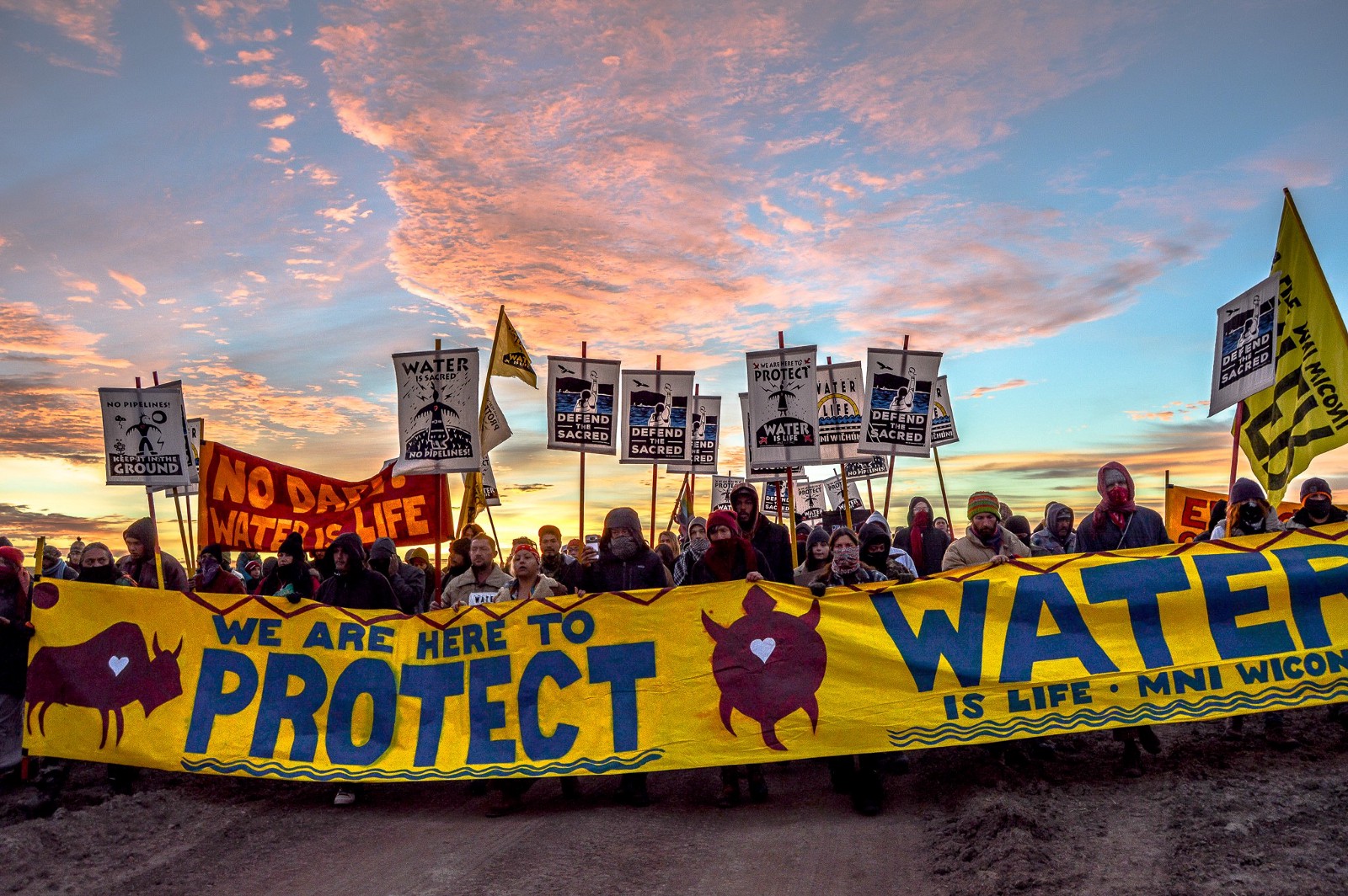
- Hope
- Higgins, Maeve. “Meet the Inspiring, Hopeful Women Fighting for Climate Justice | Maeve Higgins.” The Guardian, Guardian News and Media, 24 July 2018.
- “Belize Praised for ‘visionary’ Steps to save Coral Reef.” BBC News. June 27, 2018.
- Klein, Naomi “Capitalism Killed Our Climate Momentum, Not “Human Nature”.” The Intercept. August 03, 2018.
- Solnit, Rebecca. Hope in the Dark: Untold Histories, Wild Possibilities. New York: Nation Books, 2004.
- An Inspiration Board for 2018 & A “Friend-Sourced” Syllabus
- Encyclical Letter Laudato Si’ Of The Holy Father Francis on Care for our Common Home
- Hope That Warrants Action:
- Doom and Gloom: An Exploration through letters
- Erika Bsumek and Betsy Frederick Rothwell, “Stop Trying to Control Nature,” Time Magazine, April 22, 2016.
- Dana Powell, Landscapes of Power: Politics of Energy in the Navajo Nation (Duke University Press, 2018)
- Nick Estes. “Fighting for Our Lives: #NoDAPL in Historical Context.” Therednation.org. February 18, 2017.
- Alastair McIntosh (2004), Soil and Soul: People Versus Corporate Power (Aurum Press)
